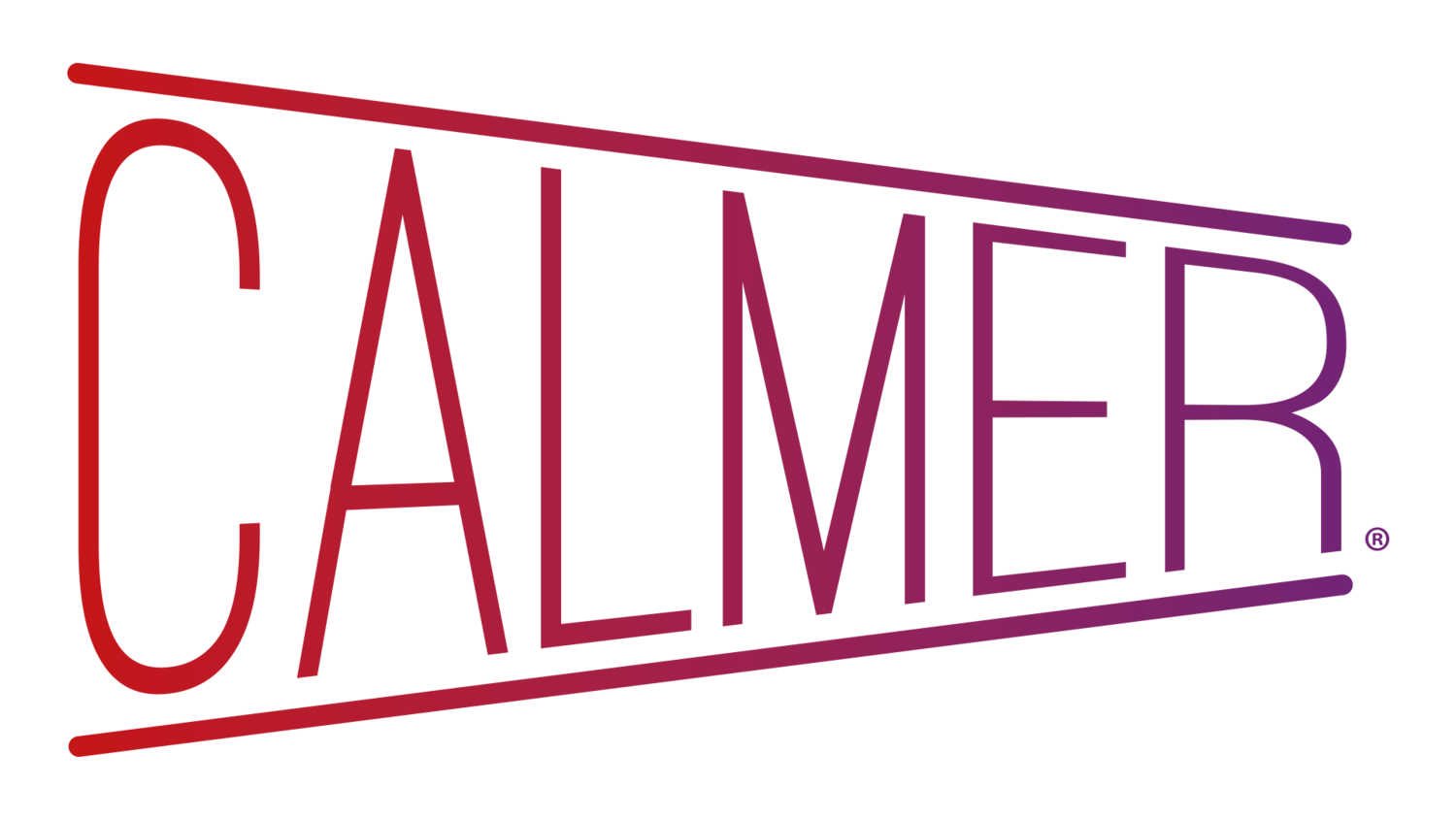Michael Gungor made complete sense when he said, 'burnout is what happens when you try to avoid being human for too long.’ Many of us have started perceiving life as a mandatory race that we feel we need to run to survive. In this pursuit, we often tend to neglect the importance of our wellness and start inching towards burnout situations. This explains the reason why employee burnout is one of the most discussed phenomena in the contemporary business world.
What is your take on these alarming rates of employee burnout? In this special guest post, Jessica Robinson identifies the importance of employee recognition and how this can help to prevent burnout in the workplace.






